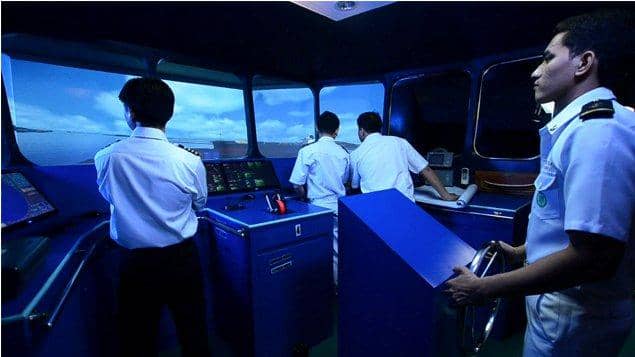Course Content
- Start Date: 11/01/22
- Category: General
- Suporting Documents
- DOWNLOAD
- Forum Courses
- Zoom Meeting
- Announcements
- 1.1 Introduction
- 2.1 International convention of safety of life at sea
- 2.2 radio regulations
- 3.1 Identification of ship station
- 3.2 Identification Of Coast Stations
- 3.3 Identification Of Search And Rescue Stations
- 3.4 Identification of vessel traffic service station
- 3.5 Identification of Aid of navigation
- 3.6 Identification of aircraft
- 3.7 Identification of associated craft with parent ship
- 3.8 Identification of Ship earth Stations and Coast earth Stations
- 4.1 list of Coast Stations and Special Service Stations (ITU list IV)
- 4.2 list of Ship Stations and maritime mobile Service identity assignments (ITU list IV)
- 4.3 manual for use by the maritime mobile and maritime mobile-Satellite Services
- 4.4 Admiralty list of Radio Signals
- 5.1 radio wave propagation
- 5.2 modulation basics
- 5.3 transmitter and receiver basics
- 5.4 Batteries
- 5.5 antennas
- 5.6 DSC basics
- 5.7 Radiotelex basics
- 5.8 Fault location and service on GMDSS marine electronic equipment
- 6.1 General including safety precautions
- 6.2 VHF DSC
- 6.3 MF/HF DSC
- 6.4 VHF/MF/HF voice procedure
- 6.5 Radiotelex
- 6.6 Inmarsat
- 6.7 Cospas/Sarsat
- 6.8 EPIRB
- 6.9 Search and rescue (radar) transponder and AIS Search And Rescue Transmitter
- 6.10 Maritime Safety Information
- 6.11 Use and functions of portable VHF radio
- 6.12 Portable VHF aeronautical radio for 121.5 and 123.1 MHZ
- 7.1 Ultra High Frequency Handhelds
- 7.2 automatic identification System
- 7.3 Ship Security alert System
- 8.1 Role of the Maritime Rescue Coordination Centre
- 8.2 International Aeronautical and Maritime Search And Rescue (IAMSAR) Manual
- 9.1 AMVER
- 9.2 JASREP
- 9.3 MASTREP
- 9.4 LRIT
- 10.1 Use of English in written and oral form for safety communications
- 10.2 Procedure of traffic charging
- Exam
